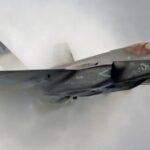
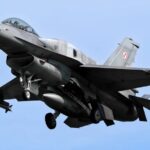
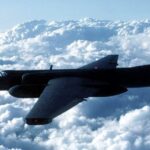
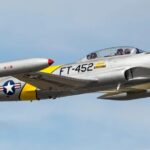
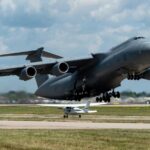
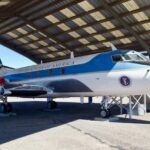

In this article, you will get to know 8 of the best jets manufactured by Lockheed Martin. Lockheed is one of the popular aircraft manufacturing companies that was founded in 1912. The company invested in the fledgling aviation industry that was formed soon after the Wright brothers’ flight.
This company went bankrupt in 1926 due to economic depression. This caused the company’s name to be changed to Lockheed Martin. The company was eventually bought by investors. An airplane building course was held in this company. This period made Lockheed Martin one of the top manufacturers of military aircraft in the world.
World War II caused Lockheed to make tremendous progress in the production of military aircraft. This company contributed to the victory of the Allies by making war planes. With the advent of the jet engine, Lockheed also moved towards the development of jet aircraft. This allowed Lockheed to take the lead in supplying the US Air Force. Ultimately, Lockheed was able to maintain its engagement during the Cold War. Lockheed’s advanced designs were able to create today’s sophisticated aircraft. This growing trend started in the 1950s and is still going on. In March 1995, Lockheed merged with Marine Marietta Circuit (Weapons Systems Manufacturing Company). The result of this collaboration was the Lockheed Martin of today.
These days, the best airplanes in use in the United States bear the Lockheed Martin name. In this article, the top eight models produced by this company will be reviewed.
Lockheed Martin F-22 Raptor

Lockheed’s first stealth fighter aircraft named Lockheed Martin F-22 Raptor was introduced in the late 90s. This aircraft was put into service in 2003. Today, it continues to serve as one of the most advanced fighters in the US Air Force. The propulsion system of this aircraft consists of two Pratt & Whitney turbofan engines that can reach the speed of the aircraft up to Mach 2. The existence of this propulsion system allows the plane to experience supersonic flight without afterburner. This aircraft uses a low-power method to fly at a speed of Mach 1.58. In addition, twin jet engines use thrust vectoring nozzles to assist in rotation. This makes the Raptor among the most agile combat aircraft.
When the F-22 entered service, it followed the F-117 Nighthawk and S-2 Spirit stealth aircraft. Of course, the F-22 was the first multirole fighter that was designed with a traditional airframe compatible with stealth technology. Foreign competitors of Lockheed Martin are Su-57 Felon from Russia and Chengdu J-20 from China. Many people of the world consider the F-22 Raptor to be the best fighter in the world, which has no similar competitor today. The production of this device was stopped in 2009 after only a few hundred units were made. These days the F-35 has replaced it.
F-22 combat capabilities are more than F-23. However, other capabilities of this aircraft, such as communications, make it more suitable for the long-term plans of the Department of Defense (DoD). The Raptors currently in service are healthy and far from retirement. For this reason, as long as they are useful for the US Air Force, they will remain at the top.
Lockheed Martin F-35 Lightning II
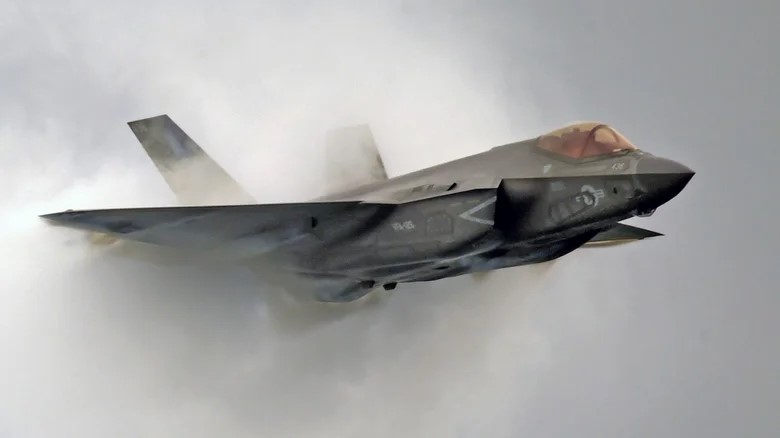
The most powerful and advanced fighter jet that the US military has is the Lockheed Martin F-35 Lightning II. It is not fair to call this jet advanced. In fact, its avionics, communication systems, and weapons control systems are so complex that few people can understand them. This fighter is available in the Navy, Air Force and Marine Corps. As you know, all these organs have special capabilities and strengths. This is the reason why fighters are custom made for each of these organizations. For example, the Navy’s F-35Bs have additional fans. These fighters are also capable of vertical take-off and landing (VTOL). These applications may affect additional communications equipment.
The F-35 is designed to avoid radar. This problem causes it to reduce its cross section to the size of a golf ball. However, it has a range of missiles and laser-guided bombs that can hold a 25mm cannon. However, the communication of this fighter with other planes makes it successful in many battles. This allows the fighter to communicate with other land and air vehicles and even ships located at sea. This fighter collects information from multiple satellites and sensors to determine the position and track the targets. It finally fires and then continues to communicate, guiding them to within inches of the target.
F-35 fighters are not the fastest and most agile aircraft out there. Of course, these fighters coordinate their attacks before facing the enemy and thus keep their name alive.
Lockheed F-16 Fighting Falcon
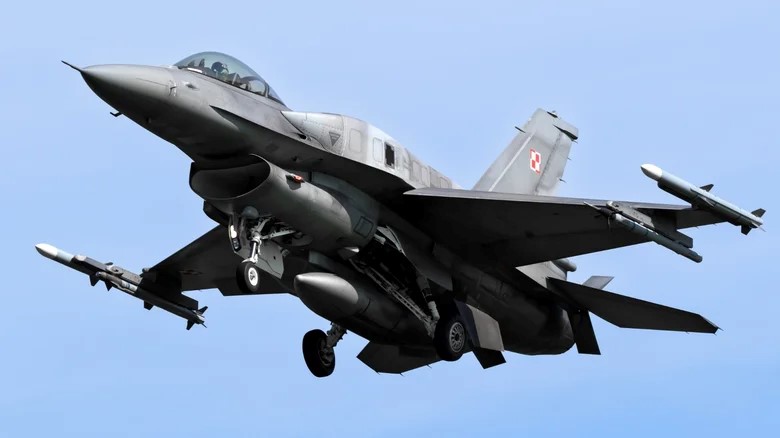
The F-16 Falcon was developed in the early 1970s and is now considered one of the oldest combat aircraft in the US Armed Forces. However, the F-16 fighter is not yet in danger of becoming obsolete. In fact, these days, F-16 aircraft are upgraded and produced for defense ministers and foreign customers. This fighter entered service since 1979 and 4,600 aircraft have been built so far. Now 25 countries use the F-16 fighter.
Despite the advent of advanced fifth and sixth generation fighters, the flight capabilities of the F-16 are still impressive. The F-16 was the first jet to use fly-by-wire technology. The advanced design of the body of this fighter made it able to reach a speed of more than Mach 2 and resist the force of 9 times gravity. The F-16 can take off vertically with tremendous acceleration. This fighter has a relatively small size and a relatively light body, which makes it different from other fourth generation fighters. The F-16 is 47 feet long, but the F-15 and F-14 are 63 feet long. The F-35 is also 51 feet and less agile than other aircraft. This fighter is designed for all weather conditions. The newest type of this fighter also has an advanced avionics structure.
The F-16 is a favorite among pilots who praise its durability and maneuverability, even when more advanced stealth aircraft are available. This fighter will be available again soon after the update.
Lockheed U-2 Dragon Lady
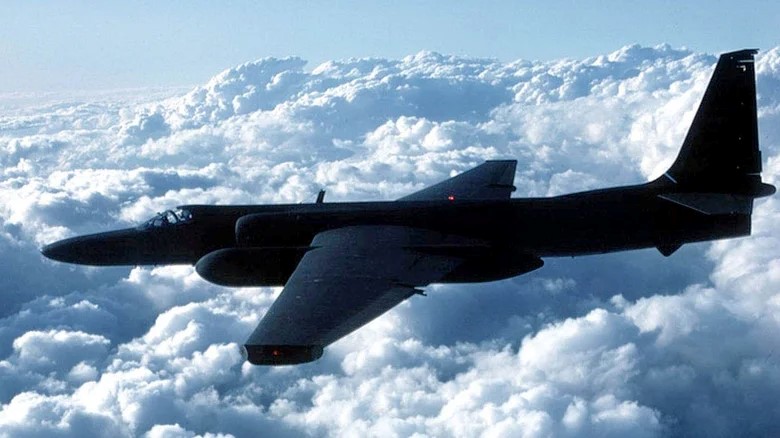
Before the advancement of satellite technology and the launch of various surveillance units into space, the Ministry of Defense and the Central Intelligence Agency (CIA) were looking for a way to track the events behind the Iron Curtain. In the 1950s, it was decided that a high-flying plane could monitor everything that is happening inside the earth with the help of advanced imaging equipment.
The U-2 was originally developed in secret by the Lockheed Skunk Works division and made its first flight in 1955. Some time later, the CIA began flying over the Soviet Union to monitor the development of nuclear weapons. It was thought that flying this fighter at an altitude of 70,000 feet would keep it away from Soviet radars. But in 1960, a pilot named Francis Gary Powers was shot down near Moscow. As a result of this incident, an international diplomatic crisis was created and American flights in the Soviet sphere ended.
The U-2 continues to fly in other regions and is slated to be decommissioned in 2026. These fighters continued to take high-resolution photos in the age of satellite technology. This capability has nothing to do with being close to space and being in an orbital path. The long flight ceiling and operational range of 7,000 miles along with the low consumption engine have made this fighter long-term use. The U-2 has been flying for nearly 70 years now, but drones will soon replace it.
Lockheed F-80 Shooting Star
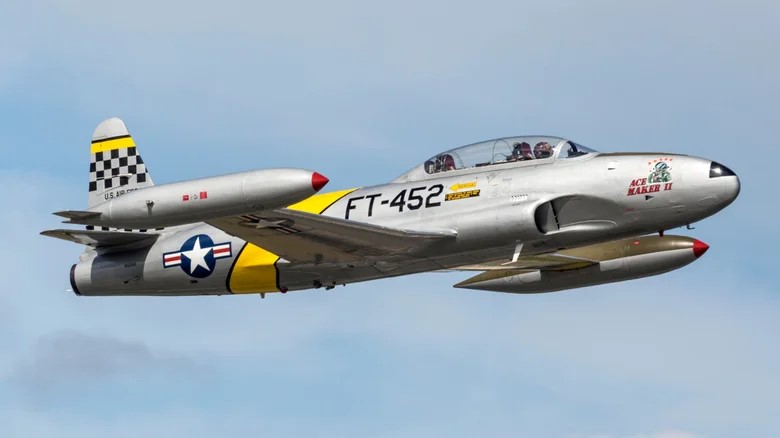
Jet propulsion technology was developing during World War II, but only a handful of these modern aircraft saw combat. After the war, the priority of using jet planes in large numbers was given to the US Department of War. Lockheed (the main supplier of aircraft to the Allies) first flew its fighter jet in 1943. The new aircraft were not delivered to the Air Force until early 1945, as the Allies were closing in on Germany and Japan.
The new Shooting Star, originally named the P-80, was equipped with six Browning .50 caliber machine guns that were ready for combat. This aircraft soon found a more specialized use as a bomber for launching conventional ammunition or air-launched missiles. The top speed was initially 502 miles per hour. The service flight ceiling of this fighter was 41,800 feet and its climb rate was 3,000 feet per second. At the time, this fighter was very fast and capable and eventually became the first jet to shoot down another jet over Korea in 1950. At the time of its retirement, the P-80 saw a maximum speed increase of 580 mph with a ceiling above 46,800 feet. The P-80 saw a lot of action in Korea and a total of 1,715 aircraft were built. In fact, the P-80 fighter was able to facilitate Lockheed’s path to enter the age of jet aircraft.
Lockheed C-5 Galaxy
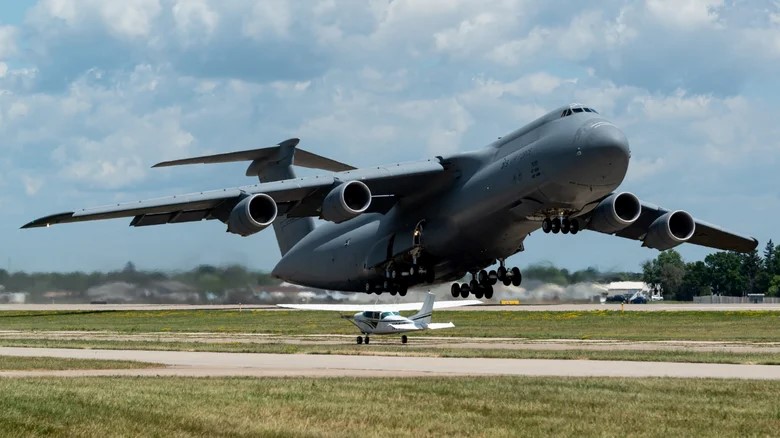
Supersonic fighter jets are widely used by the Air Force. Of course, these jets cannot do special work with the help of support forces. While Lockheed’s fighter jets are impressive, the company has its rules covered with the massive Lockheed C-5M Galaxy. First flown in 1968, the 5-C was the largest flying aircraft in the sky until surpassed by the 28-ton Antonov AN-124 in 1982.
When senior DoD officials realized they needed a jet-powered cargo plane to replace the C-133 Cargomaster, they turned to the C-5. The first operational prototype was delivered to the US Air Force in 1970. This example could carry 291,000 pounds of cargo at a speed of 540 mph and a range of 6,320 miles without refueling. All these features double the capabilities of previous planes.
Used exclusively by the U.S. Air Force, the aircraft provides heavy transport for the U.S. military’s global operations, including Cold War missions across Europe and subsequent operations in Iraq and Afghanistan, delivering supplies and heavy armor to troops at launch locations. It was necessary. This fighter now has more than 50 years of flight experience. However, it still has 80% useful life of the body. Avionics and propulsion system updates will also be necessary for flight in the coming years.
Lockheed JetStar
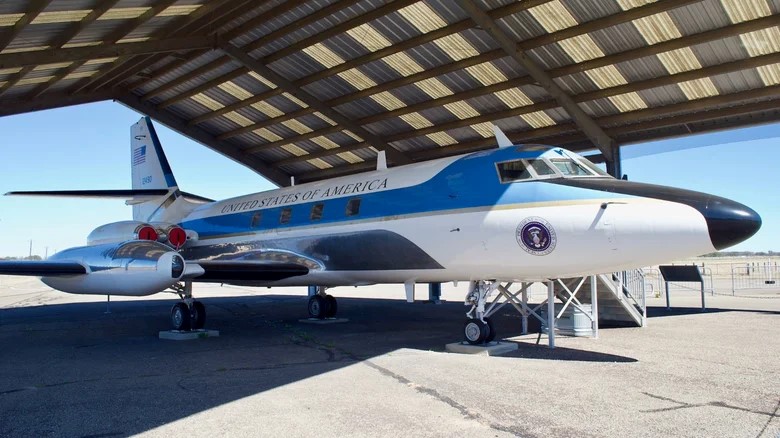
Lockheed’s main customer throughout history has been the US government. Considering that most of its products are dedicated to national defense, this company has done little marketing to the general public. However, Lockheed took the initiative and entered the civilian sector as well.
In the early 1950s, the Air Force asked Lockheed to develop a light transport jet for fast travel. Lockheed delivered the prototype of this aircraft, which was developed in the Skunk Works division, in 1957. However, this aircraft could not be produced on a large scale. Lockheed did not abandon its new model and tried to develop a newer model called JetStar according to the needs of the market. Therefore, Lockheed entered the commercial jet industry, and after that, it introduced Learjet and FGulfstream to the market.
As a corporate example, JetStar was very successful. The aircraft was originally built with two engines and was later upgraded with four engines. These updates gained many fans. In addition, Lockheed installed a pair of tanks on the wings, which greatly increased fuel capacity and range. Lockheed eventually built 200 copies of the jet and flew them for decades until it was retired in 2019.
Lockheed F-104 Starfighter
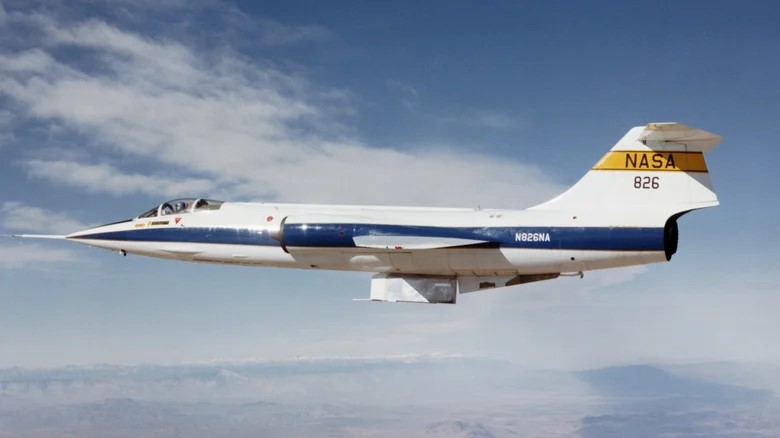
Whenever a Lockheed F-104 is seen, everyone can recognize it. The design of this plane was done with a long and narrow body and short wings, which flew contrary to the usual methods. The fuselage has one engine with several attached wings and a small pod for the pilot in the front. However, it was the first American fighter jet to fly supersonic at Mach 2.
The Korean War led to the production of light and fast aircraft that could intercept Soviet jets and win the air battle. This influenced the design of the F-104, giving it an incredibly fast climb rate and overall top speed. The F-104, armed with a six-barreled 20 mm cannon and two wind deflectors in the wingtips, was forced to attack by retreating. Its wide turning radius made it less effective in combat.
Although the F-104 was a fast fighter, it had many shortcomings. It performed well in certain scenarios and performed poorly in many other scenarios. This aircraft has a poor safety record and has claimed the lives of 115 pilots during its service life. The incident was common for this fighter and people gave it the nickname “flying coffin” and “widow maker”.

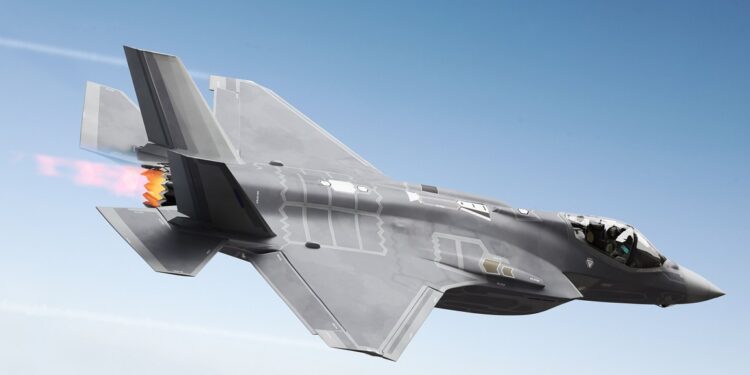



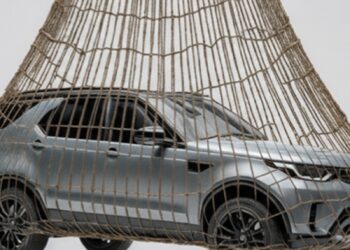












گفتگو در مورد این post